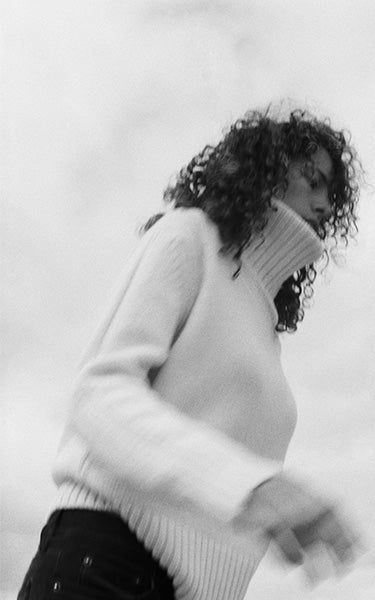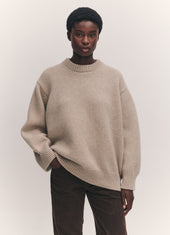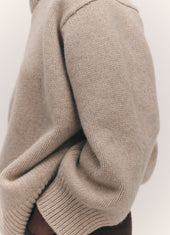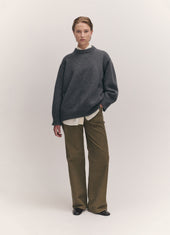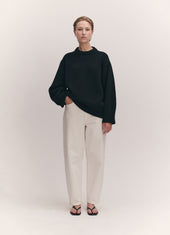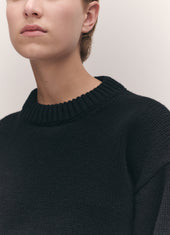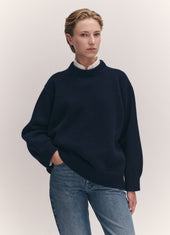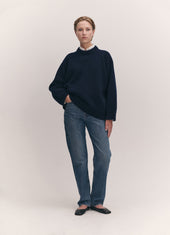Our wool and cashmere yarns are spun by Todd and Duncan, who are situated on a nature reserve in Loch Leven in Scotland
Our wool and cashmere yarns are spun by Todd and Duncan, who are situated on a nature reserve in Loch Leven in Scotland
Some facts about our knitwear
We work with five yarns and five makers. Our yarns are 100% natural and spun in the UK & Ireland and our makers are based in the UK and Ireland too. We believe in the beauty and strength of a local and specialist supply chain. It allows us to know our partners, who are small, independent businesses just like us. It allows us to support and be part of a unique and historic industry that dates back hundreds of years. Generations of craftsmanship and knowledge passed through time. It is a small, self-reliant supply chain that keeps the life cycle of our garments as economic and environmentally friendly as possible.
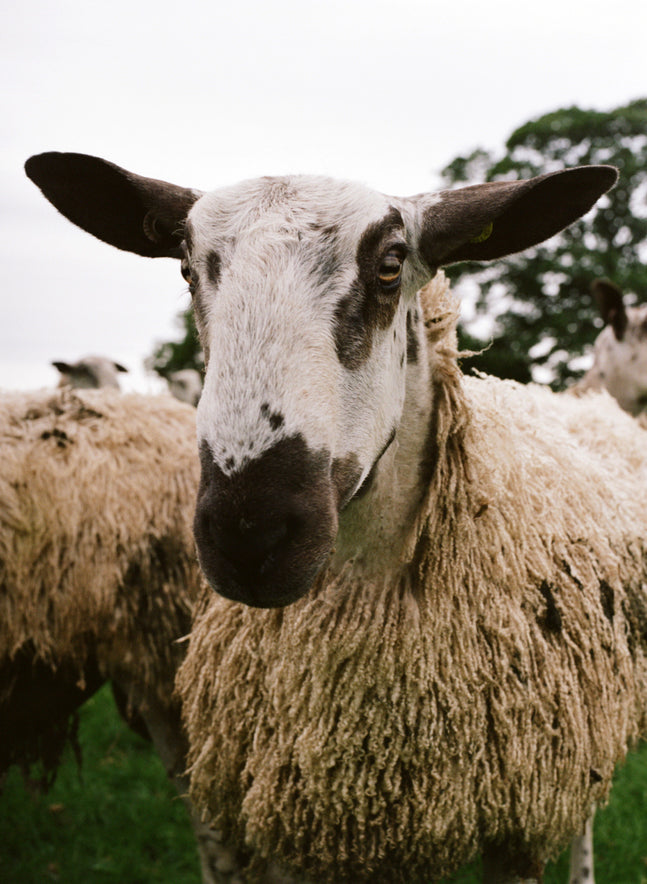
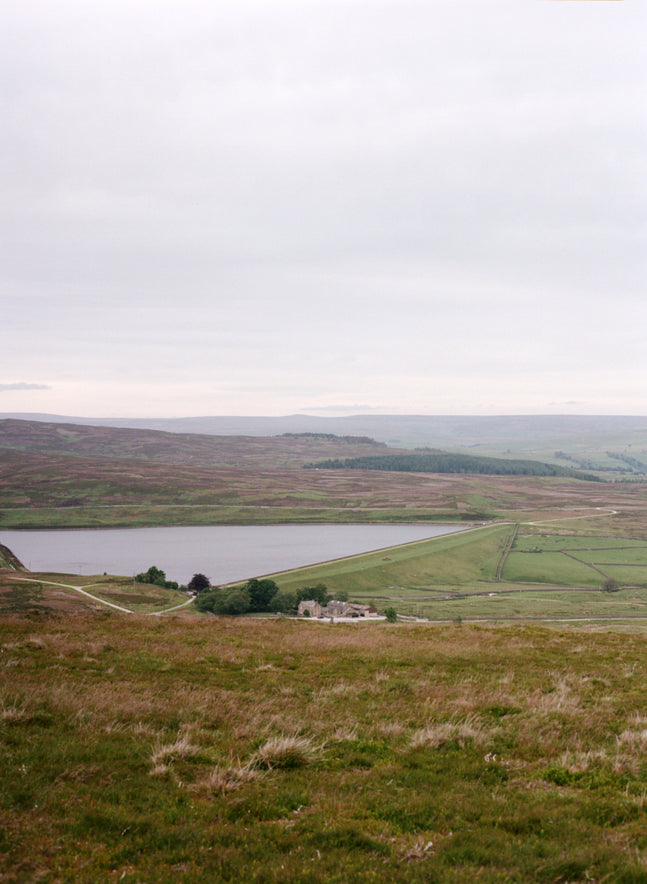
We are committed to responsible sourcing practices. 90% of the yarns we use are sustainably certified, by Responsible Wool Standard (RWS) or RSPCA Approved.
Our yarns and how they are spun
Not all yarns are created equal. It is the length of the fibre which makes the difference to the quality of a yarn and how it will wear in time. Our spinners seek out the longest raw fibre fleece, scouring out shorter hairs, imperfections and impurities before spinning to create the best yarn possible.
The art of the twist
Just like a rope, a yarn is made strong and lustrous through the process of twisting. It is a process that is managed meticulously to make sure no inconsistencies remain. A bit like watching a heart rate monitor, our spinners have twist monitors they watch as the yarn is spinning to spot and remove any inconsistencies.
A note on water
It is argued that Scotland spins the best yarns in the world and possibly makes the best knitwear too, because of the purity of Scottish water. Our wool and cashmere yarns are spun by Todd and Duncan, who are situated on a nature reserve in Loch Leven in Scotland. The purity of the water is incomparable. It is the cornerstone of everything they do in their spinning process. From the first wash of the raw fleece when it arrives at the mill to the dyeing process. They cherish and protect the water from the Loch, using environmentally-friendly washing processes which allow them to return the water to the Loch after use without harm.
A note on water
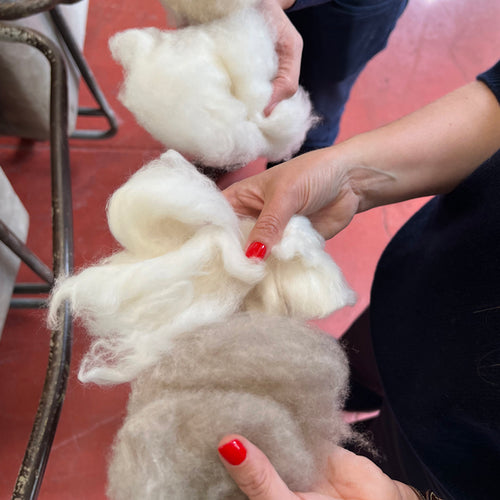
Our makers
We work with five different makers from the Borders of Scotland and the West Coast of Donegal. They make our knitwear by the traditional knitting technique called ‘fully fashioning’. This means that each piece of the jumper is knit individually and then linked together and finished by hand. This makes the garment as strong as possible, each piece attached intricately, by hand, to the other. Over time, as we move in our clothes, the jumper withstands and supports our wear. It doesn’t stretch out of shape or tear. Hand-finishing each jumper is about taking care & time over all the details.
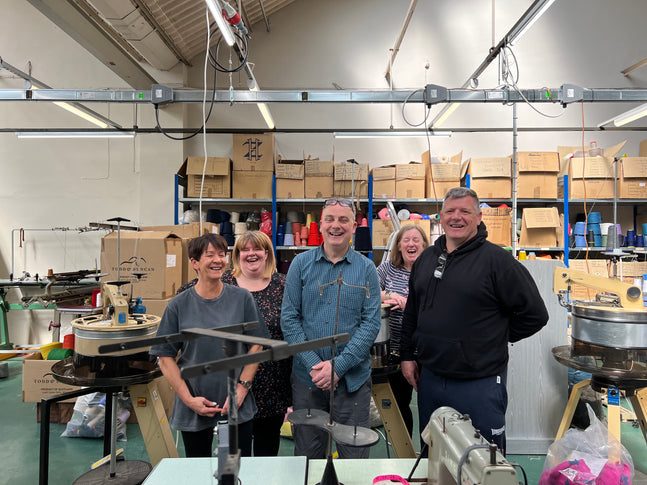
'My Year 7 English teacher made us repeat at the start of every lesson: 'A chain is only as strong as its weakest link' I never knew why particularly but over time I have understood this phrase to underpin what it means to be sustainable.' Buffy Reid, Founder
At &Daughter we believe that sustainability means something defined by permanence, that endures through time. Both the object and the means by which it is made. For an object to sustain, it needs to be made well, from a quality raw material that is fit for purpose and made in a way that will withstand the life it's designed for.
For a business and livelihood to sustain it needs to support and be to the benefit of all the people & environments who are part of its making.
This means that from sheep to finished jumper we aspire to create the strongest, most supportive supply chain possible. To sustain and protect all the people who contribute to creating our jumpers, and the welfare of the animals and the land on which they graze.
How to make your knitwear last a lifetime
